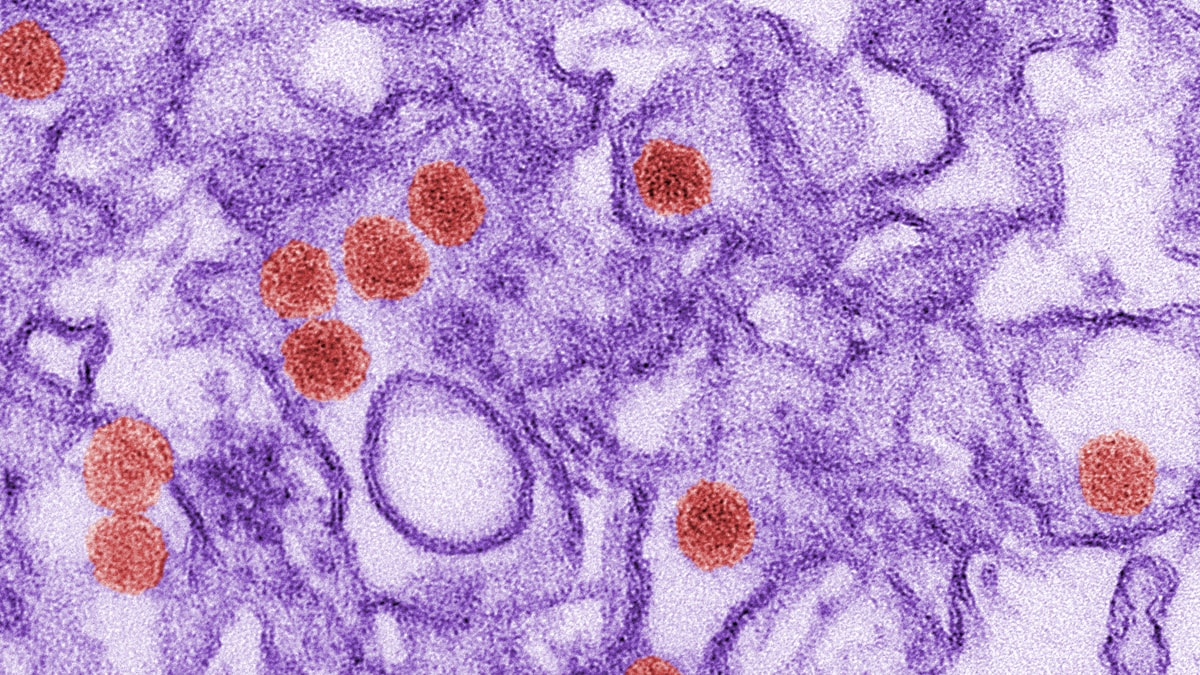What to know
- The comprehensive Arbovirus Reference Collection (ARC) includes viruses from multiple families.
- Chimeric viruses, antigens, antibodies, and RNA controls are available for some pathogens.
- Hybridoma cells are also available.

Contents of the collection
The ARC collection includes:
- Isolates from environmental and human sources, dating back to 1925
- Chimeric viruses
- Antibody, antigen, and RNA controls for isolates in the collection
- Hybridoma cells
Donate specimens to improve public health
Support public health by depositing your isolates in CDC's Arbovirus Reference Collection (ARC). The ARC offers long-term curation, maintenance, and distribution of valuable isolates. Contact the ARC staff about depositing your isolates for long-term curation, maintenance, and distribution.
- Questions about ARC? Send an email to: reagents2@cdc.gov
- Other questions? Contact CDC-INFO
- Ready to submit an isolate? Download and complete the ARC Submission Form and the Simple Letter Agreement. Then email the form and the letter to reagents2@cdc.gov.
Database design
- New database released in 2017
- Relational database in Structured Query Language (SQL) to ensure data accuracy, reduce redundancy, and increase data security
- Added features include:
- Bibliography section
- Product inserts
- Increased functionality for recording quality control testing results, isolate history, and passage history and lineage during virus maintenance
- Increased functionality for order maintenance
Quality control testing
- Viruses
- Plaque titration to test for viability
- Inclusivity and exclusivity testing
- Mycoplasma contamination testing
- Antigen
- Infectivity assay to confirm the material is non-infectious
- Activity testing in limited assays, if available
- Antibody
- Activity testing in limited assays, if available
- RNA
- Activity testing in specific assays
Virus maintenance
- Track lineage
- Minimize passage number
- Perform phenotypic analysis
- Compare growth in cell types now that suckling mouse brain is not the method of choice for replication
- Obtain full genome with Next Generation Sequencing
- Analysis and identification of unknown isolates and not fully characterized viruses
- Expanded QC capabilities for historically maintained viruses
